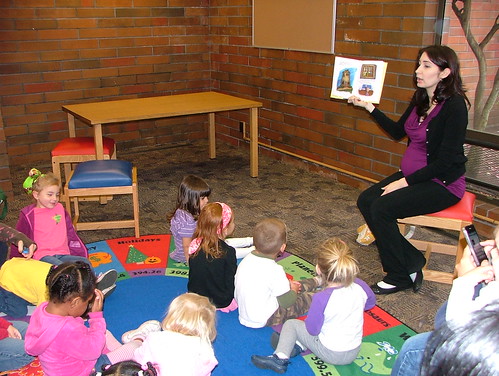Even before I had kids, I always seemed to have a crazy amount of these plastic Easter eggs floating around from who knows where. While egg hunts are always fun, I tend to reserve those for the Easter season. Egg cracking...now, that is where the fun is at for the rest of the year!
It never ceases to amaze me how well this activity goes over; it makes no difference if this is the first time we have done this activity, or the fifth time. The excitement factor of breaking open the egg to see what is inside never seems to get old!
What you'll need:
1. 12+ plastic eggs and an empty egg carton.
2. Small items with which to fill your eggs (ideas listed below).3. (optional) A small bowl.
How to use this game in therapy:
- Place the carton on the floor/table. Ask open ended questions or model what to do based on child's ability level (e.g., "what do you think is in that box? oh, eggs? well, what should we do with them?" or model opening the box and label the contents, "eggs!").
- Let the child pick up the eggs and feel them. Shake them and try to predict what might be inside.
- Get crackin'! Allow the child to try and crack the egg themselves before showing them how or offering assistance. We usually crack the eggs onto the floor, but having a small bowl available might be helpful for cuing what to do with the egg. Some eggs can be tricky. If the child is struggling, try asking questions such as, "I wonder what would happen if we hit it on the table?" or "What if we squeezed it sooooo hard?" rather than telling them exactly what to do. Let them try, fail, try again, and succeed! Obviously, you can adjust this to fit the child's needs. If they truly need help and are frustrated, offer it!
"The egg is open! What did you find?"
- The options for filling the eggs are limited by 2 things: size (it must fit in the egg, after all!) and your imagination. Seriously, anything goes as long as it fits. Some ideas to get you started:
- Vocabulary themes: insects (these Learning Resources Backyard Bugs
are awesome and fit perfectly), animals (check the dollar store for miniature animals...they are sometimes sold in clear plastic tubes), colors, etc.
- Textures: try cutting small bits of sandpaper, silk, cotton balls, etc. to fit in the eggs.
- Food: this can be a fun why to provide small portions of a new food in feeding therapy. Crumbs, single pieces of cereal, berries, etc. can be "cracked" into a small bowl to explore.
- Articulation: try to find a variety of small items containing the target sound(s).
- Following directions: for these goals, the contents of the eggs are not so important. You could choose to fill them with rice, beans, lentils...anything that can be dumped into a big bowl with a satisfying pouring sound! For a following directions activity, instruct the child to pick a certain color egg and break it into the bowl. This can be made more difficult by having multiple bowls..."Break a pink egg into the big glass bowl." (note: providing a spoon to stir up the contents is extra fun!)





